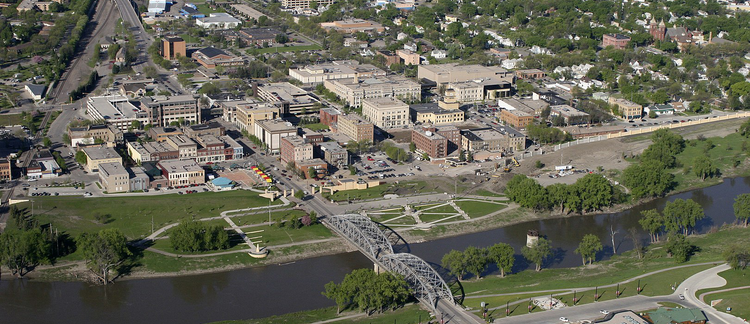Abstract
The United States must provide quality science, technology, engineering, and math (STEM) education in order to maintain a leading role in the global economy. Numerous initiatives have been established across the United States that promote and encourage STEM education within the middle school curriculum. This study integrated a three-week long Near Space Balloon project into six eighth-grade Earth Science classes from Valley Middle School in Grand Forks, North Dakota. It was hypothesized that after the students designed, constructed, launched, and analyzed their payload experiments, they would have an increased affinity for high school science and math classes. A pre- and post-survey was distributed to the students (n=124), before and after the project, to analyze how effective this engineering and space mission was. The surveys were statistically analyzed, comparing means by the Student’s t-Test, specifically the Welch-Satterthwaite test. Female students displayed a 57.1% increase in math and a 63.6% increase in science; male students displayed a 46.6% increase in science and 0% increase in math. Most Likert-scale survey questions experienced no statistically significant change, supporting the null hypothesis. The only survey question that supported the hypothesis was, “I Think Engineers Work Alone,” which experienced a 0.24% increase in student understanding. The results suggest that integrating a three-week long Near Space Balloon project into middle school curricula will not directly influence the students’ excitement to pursue STEM subjects and careers. An extensive, yearlong ballooning mission is recommended so that it can be integrated with multiple core subjects. Using such an innovative pedagogy method as with this balloon launch will help students master the scientific process and experience real team collaboration, as they did with this successful mission.
How to Cite:
Saad, M. E., (2014) “Progressing Science, Technology, Engineering, and Math (STEM) Education in North Dakota with Near-Space Ballooning”, Academic High Altitude Conference 2014(1). doi: https://doi.org/10.31274/ahac.5585

